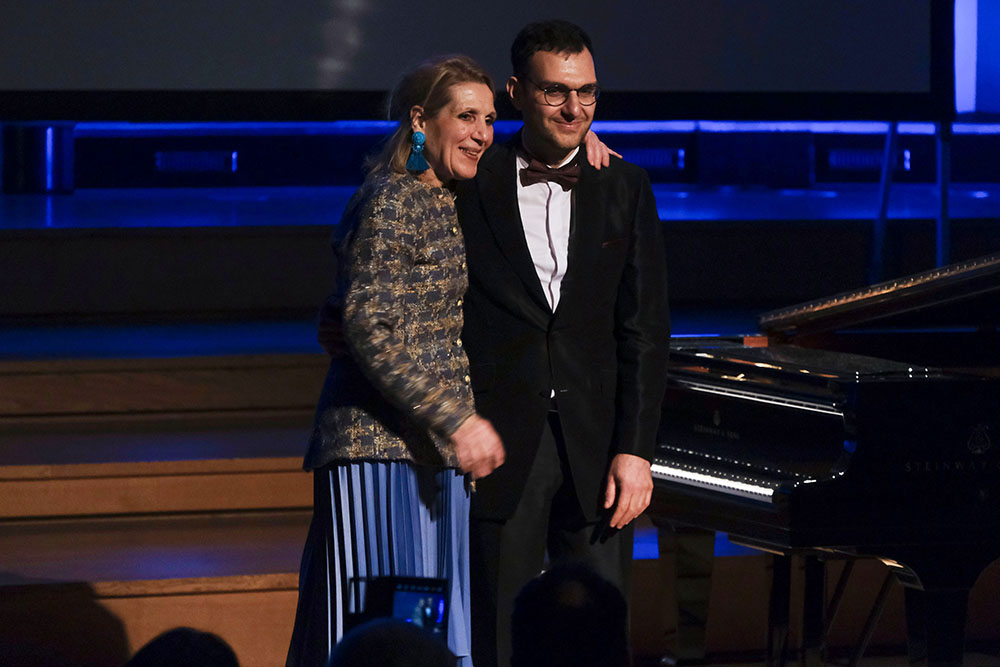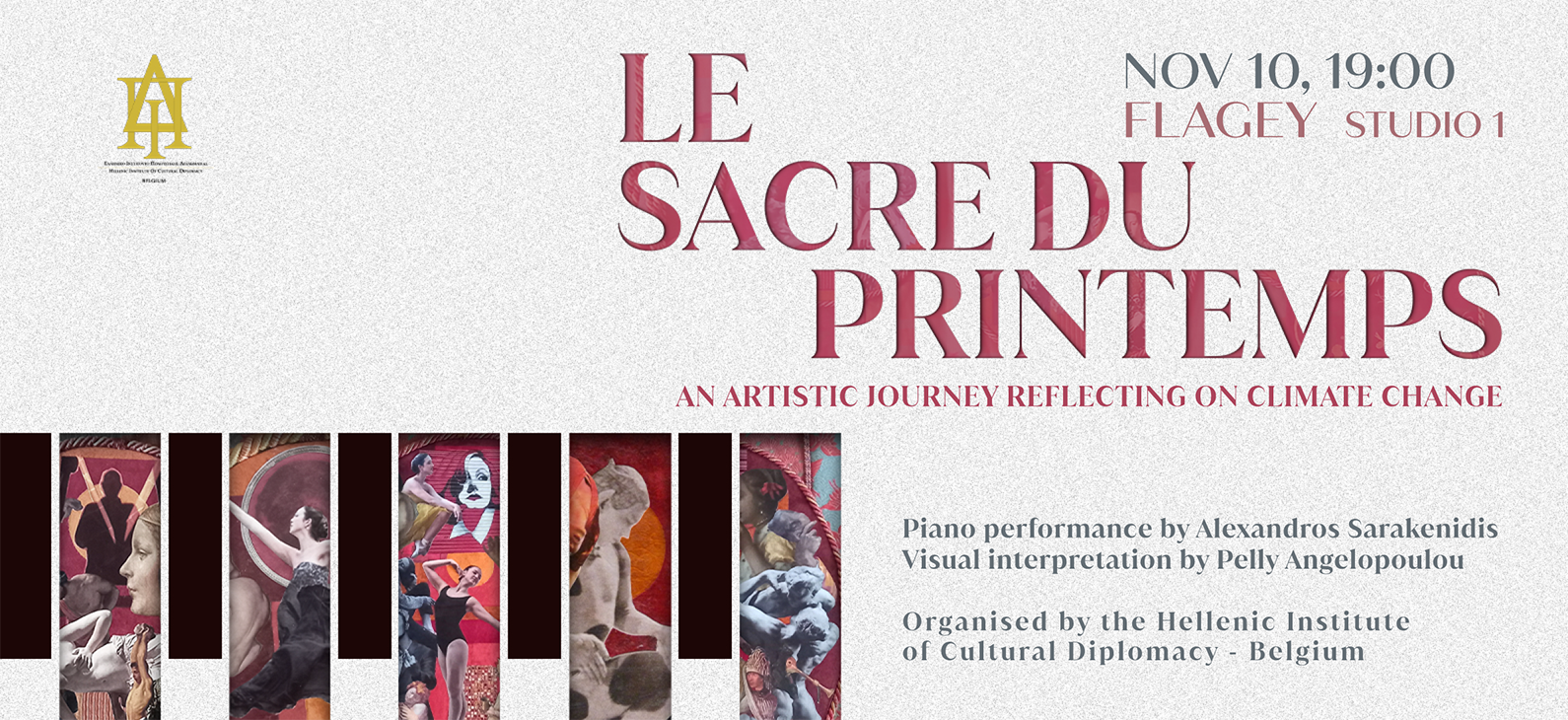
Art is not considered anymore as form of contemplation, but more and more as a vehicle through which several topics can be advanced, i.e. from human rights promotion to health therapy.
Without the need of verbalizing the event of trauma, art allows us to tell our experience, find comfort, or reduce the stigma and silence around a particular topic (i.e. HIV/AIDS, mental illnesses). This can be better explained by Berman’s quote “Art helps to relieve stress, it is a way of healing”1. It is indeed a tool through which people manage to articulate concerns and fears while becoming self-aware, confident, healthy.
The International Society for Traumatic Stress Studies (ISTSS) has adopted and supported the method of Creative Arts Therapy (CAT) as a way to “access nonverbal material or content that is unavailable to words”2. Moreover, ISTSS has recognized that CAT may encourage “testimony, public education and de-stigmatization of trauma victim” helping the victim overcome the trauma without being compelled to go under interviews that may aggravate the psychological condition3. It does seem that the artistic approach appears to facilitate a process for individuals to reconnect and integrate their mind, body and spirit while acquiring an agency increase4.
Throughout the literature, there are insights that art may function as a shelter, a safe place, or a temporary home that assists in restoration and integration. When individuals create or are involved in art, memories are released.
Art-making enables humans, not only in finding a safe space that can strengthen their sense of stability and remembrance, but also experiencing a journey in which they can integrate different pieces of their identity through self-expression and aesthetic creation.
As an example, one recent and interesting initiative regarding art and health has been adopted by the Brussels’ head of culture and tourism, Delpine Houba. Patients suffering from stress in Brussels might be suggested by doctors to visit museums. This idea comes from a three-month pilot project inspired by a similar programme in Canada, at the Montreal Museum of Fine Arts5.
Since 2018, participating doctors have been able to prescribe up to 50 free museum visits a year to their patients, offering “a safe, welcoming place, a relaxing, revitalizing experience, a moment of respite, and an opportunity to strengthen ties with loved ones” as reported on the museum’s website.
According to the Belgian newspaper L’Echo, Houba had signed the project in partnership with the Brugmann Hospital in Brussels. Doctors at the Brugmann can prescribe museum visits to individual patients and the hospital’s stress clinic will also organise collective visits for in-patients receiving therapeutic treatment. The five museums taking part in the pilot project are the Brussels City Museum, the Fashion and Lace Museum, the Sewer Museum, the Garderobe Manneken-Pis and the Centrale museum for contemporary art. The project will be evaluated at the end of 2021 and extended to other Belgian museums willing to cooperate if deemed successful.
Houba has reported that treatments for mental health are particularly relevant during the coronavirus pandemic and that research “has proven that art can be beneficial for health, both mental and physical”, thus supporting the premise beforementioned.
In this initiative, the correlation between culture and health is clear. Houba wants to invest in cultural activities because she is aware of how the covid crisis and the linked death of cultural life have accentuated stress, burnout and other pathologies. To manifest her belief in the power of arts and culture to alleviate health diseases, she quoted Le Clézio who said: "One day, we may know that there was no art, but only medicine".
Ilaria Ragni
Trainee, HICDB
Notes:
1. Berman K., Finding Voice: A Visual Arts Approach to Engaging Social Change, The New Public Scholarship (Ann Arbor: University of Michigan Press, 2017), https://www.jstor.org/stable/j.ctvdtphz0.11?seq=1#metadata_info_tab_contents.
2. ‘ISTSS - International Society for Traumatic Stress Studies’, https://istss.org/home.
3. Craven C., ‘How the Visual Arts Can Further the Cause of Human Rights’, International Relations, 2011, 16.
4. Berman K., Finding Voice: A Visual Arts Approach to Engaging Social Change, op.cit.
5. Montreal Museum of Fine Arts teams up with physicians' association for experimental treatment, https://www.cbc.ca/news/canada/montreal/montreal-museum-fine-arts-medecins-francophone-art-museum-therapy-1.4859936.
References:
- Brussels doctors prescribe museum visits to treat Covid-19 stress, https://www.theartnewspaper.com/2021/09/09/brussels-doctors-prescribe-museum-visits-to-treat-covid-19-stress
- Delphine Houba, échevine bruxelloise de la Culture: "L'art peut être bénéfique pour la santé", https://www.lecho.be/culture/expo/delphine-houba-echevine-bruxelloise-de-la-culture-l-art-peut-etre-benefique-pour-la-sante/10329459
- Berman K., Finding Voice: A Visual Arts Approach to Engaging Social Change, https://www.jstor.org/stable/j.ctvdtphz0.11?seq=1#metadata_info_tab_contents.
- ISTSS - International Society for Traumatic Stress Studies’, https://istss.org/home.
- Tags:
- Articles
- Ilaria Ragni



